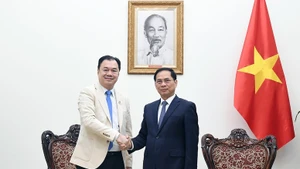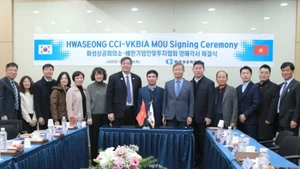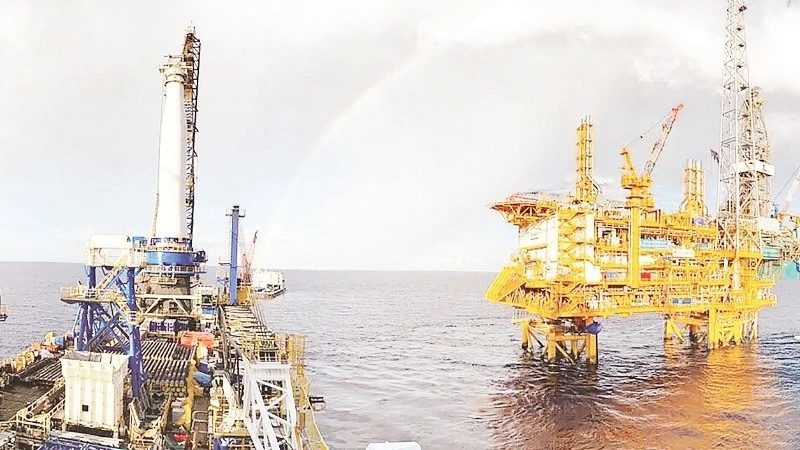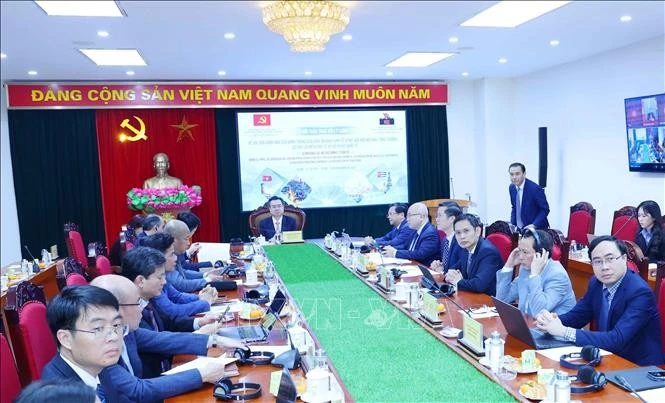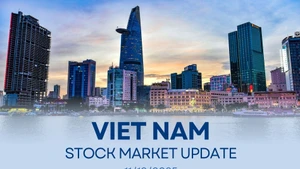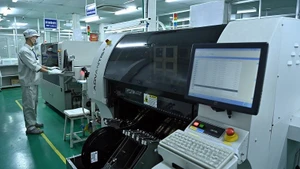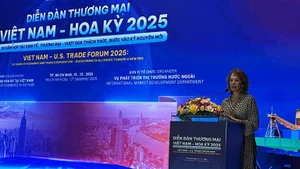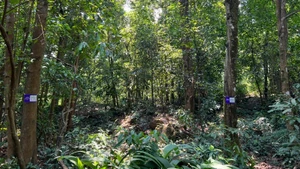Internal strength and development aspirations
Beyond the objective of becoming a centrally governed city, Khanh Hoa has also set another, more humanistic goal: improving the quality of life for its people. To realise this aspiration, over successive terms the province has mobilised resources to invest in building modern, synchronised socio-economic infrastructure, gradually meeting the requirements of development and international integration.
Thanks to its strategic location as a gateway to the East Sea/South China Sea, Khanh Hoa has gradually become a centre for tourism, healthcare, education and marine services. The former Ninh Thuan Province is a hub for renewable energy, with vast potential for growth. Between 2021 and 2025, the former Khanh Hoa Province’s economy grew at an average annual rate of 8.2%, while the former Ninh Thuan Province’s economic growth averaged 9.76%. For many years, both provinces have demonstrated strong internal capacity and a determination to develop, consistently achieving high growth rates and positive economic restructuring.
Following the merger of Khanh Hoa and Ninh Thuan, the province’s development space has expanded. It now boasts a well-connected transport network across all modes of transportation; a coastline of over 490 kilometres, the longest in the country; a vast maritime area with around 200 islands and numerous renowned bays such as Nha Trang, Cam Ranh, Vinh Hy and Van Phong; several of the nation’s deepest international seaports, including Van Phong, Cam Ranh and Ca Na; and the longest section of the North-South Expressway. In the future, it will also be the province with the largest number of airports nationwide, totalling four.
This wealth of resources provides Khanh Hoa with a tremendous advantage in accelerating economic growth, particularly in the marine economy. The strengths and potential of each locality within the province will complement and reinforce one another. The integration of two economies and cultures with many similarities will also enrich and diversify its industrial structure, build comprehensive and extensive linkages, and foster new drivers of growth.
Resolution 09 of the Politburo and Resolution 55 of the National Assembly have opened new pathways for Khanh Hoa’s development, creating favourable conditions for the province’s socio-economic development. These political foundations provide the basis for Khanh Hoa to become a centrally governed city by 2030.
With expanded development space, a larger and more diverse population and resource base, and a strategically important position in terms of national defence, security, marine economy and tourism, Khanh Hoa now has an unprecedented opportunity to accelerate and make breakthroughs in its development journey.
Four economic pillars to be advanced
Khanh Hoa has identified four key economic pillars to be prioritised in the coming period: industry, energy, tourism and urban development.
According to Khanh Hoa Chairman Tran Quoc Nam, following the implementation of a two-tier local government, the province is swiftly resuming work on a proposal to establish Khanh Hoa as a centrally governed city by 2030, with a clear roadmap and specific tasks.
The province is focusing all resources on developing the economy while ensuring social progress, environmental protection and improved quality of life for its people. It is striving to build Khanh Hoa into a centrally governed city with the brand identity of a smart, dynamic and distinctive urban destination.
However, Nam also noted that Khanh Hoa’s planning work remains inconsistent in some respects, particularly in terms of regional and intra-provincial linkages after the merger. Major development centres such as Nha Trang, Cam Ranh, Van Phong and Phan Rang-Thap Cham have not yet been fully integrated, and the province still lacks a clearly defined inter-regional growth corridor integrating economy, urban areas and infrastructure.
To address this, the province will work proactively with central ministries and agencies to review and adjust its provincial planning for the 2021-2030 period, with a vision to 2050, in line with its new boundaries, development space and strategy.
Resolution 01 of the Provincial Party Committee sets the goal of making Khanh Hoa a national centre for electricity generation. Energy has been identified as one of the four economic pillars driving growth, with the sector targeted to grow at an average annual rate of 20% between 2026 and 2030.
The province is accelerating steps to implement the Ninh Thuan 1 and Ninh Thuan 2 nuclear power plant projects. Once operational in 2031, these plants are expected to provide an additional 4,800 MW of clean energy.
A recent development on 22 August saw the Government issue Resolution 249, mandating the Ministry of Industry and Trade to lead negotiations and conclude international investment agreements. The Intergovernmental Agreement for Ninh Thuan 1 is targeted for completion in September 2025, with Ninh Thuan 2 to follow in December 2025. The Ministry of Finance has been tasked with negotiating international agreements on credit provision, aiming to finalise the financing arrangements for Ninh Thuan 1 by September 2025 and Ninh Thuan 2 by March 2026.
These favourable conditions are paving the way for Khanh Hoa to become the nation’s largest power generation hub and the clean energy capital of Viet Nam.

